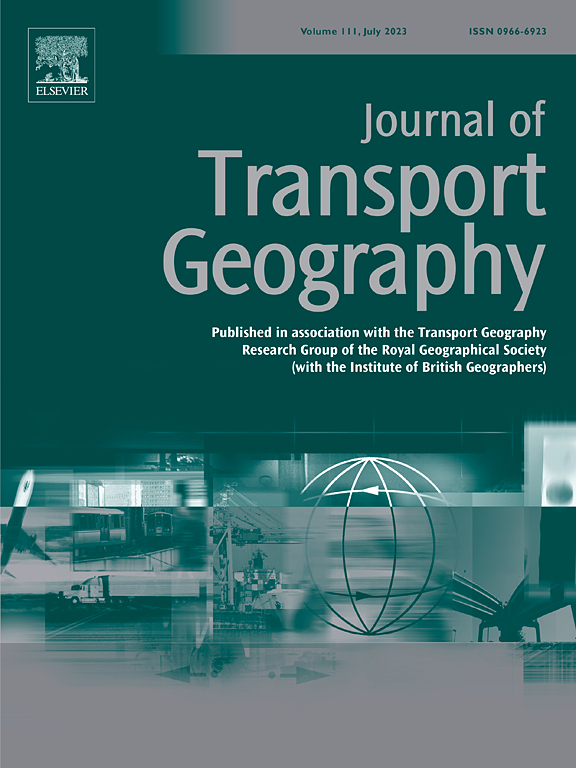从新的物流战略改善医疗保健获取的空间公平性
IF 5.7
2区 工程技术
Q1 ECONOMICS
引用次数: 0
摘要
医疗物流中的一个常见问题是通过优化设施位置来最大化稀缺资源的覆盖范围。当一些地区无法获得可能挽救生命的医疗服务时,有重要的公平考虑。对于时间敏感的紧急保健,有必要同时考虑覆盖的质量和范围。过去在这一领域的大多数研究都集中在通过确定更好的地点或提供更好的治疗来最大化覆盖率或生存率。在这项工作中,我们比较了传统和新型服务提供策略对空间和人口覆盖率的影响。这种比较突出了该覆盖的质量和范围的改进。会合策略通过允许患者在中间位置与医疗保健资源或团队会面来提高服务覆盖率。由于治疗的成功是时间敏感的,我们使用阻抗函数来衡量可达性的质量。选择初始资源位置会影响患者存活率,而存活率因位置而异。该方法应用于心脏骤停的新兴治疗,稀缺的资源/人员应该得到最佳分配,以最大限度地提高患者的利益。结果被量化并绘制成地图,以支持对覆盖的空间公平性的讨论。与传统投送模式相比,交会策略下的覆盖面积显著增加。通过最大限度地提高生存率,而不仅仅是覆盖范围,我们确定了改善患者预后的设施位置组合。除了或不改变提供保健资源的地点或种类外,通过改变提供治疗的方式,在数量上提高了救命医疗的可及性和质量。这一发现可以推广到公平获得任何具有时效性的社会服务。本文章由计算机程序翻译,如有差异,请以英文原文为准。
Improved spatial equity in healthcare access from novel logistics strategies
A common problem in healthcare logistics is maximizing coverage of a scarce resource through optimal facility location. There are important equity considerations when some areas cannot access potentially life-saving medical services. For emergency healthcare which is time-sensitive, it is necessary to consider both the quality and extent of the coverage. Most past research in this area focused on maximizing coverage or survival by identifying better locations or offering better treatments. In this work, we compare how traditional and novel service delivery strategies affect both spatial and population coverage. This comparison highlights improvements in the quality and extent of that coverage.
The rendezvous strategy improves service coverage by allowing a patient to meet up with a healthcare resource or team in an intermediate location. Because the success of the treatment is time sensitive, we use an impedance function to measure the quality of accessibility. Choosing initial resource locations influences patient survival rates, which vary by location. The approach is applied to an emerging treatment for cardiac arrest where scarce resources/personnel should be optimally allocated to maximise the benefit to patients. The results are quantified and mapped in order to support discussion of the spatial equity of the coverage.
The coverage area significantly increases under the rendezvous strategy compared to a traditional delivery model. By maximizing survival rather than simply coverage, we identify facility location combinations that improve patient outcomes. In addition to or instead of changing where or which healthcare resources are offered, the accessibility of life-saving medical treatment is quantitatively improved in extent and quality by changing how the treatment is delivered. This finding can be generalized to equitable access to any time-sensitive social services.
求助全文
通过发布文献求助,成功后即可免费获取论文全文。
去求助
来源期刊

Journal of Transport Geography
Multiple-
CiteScore
11.50
自引率
11.50%
发文量
197
期刊介绍:
A major resurgence has occurred in transport geography in the wake of political and policy changes, huge transport infrastructure projects and responses to urban traffic congestion. The Journal of Transport Geography provides a central focus for developments in this rapidly expanding sub-discipline.
 求助内容:
求助内容: 应助结果提醒方式:
应助结果提醒方式:


